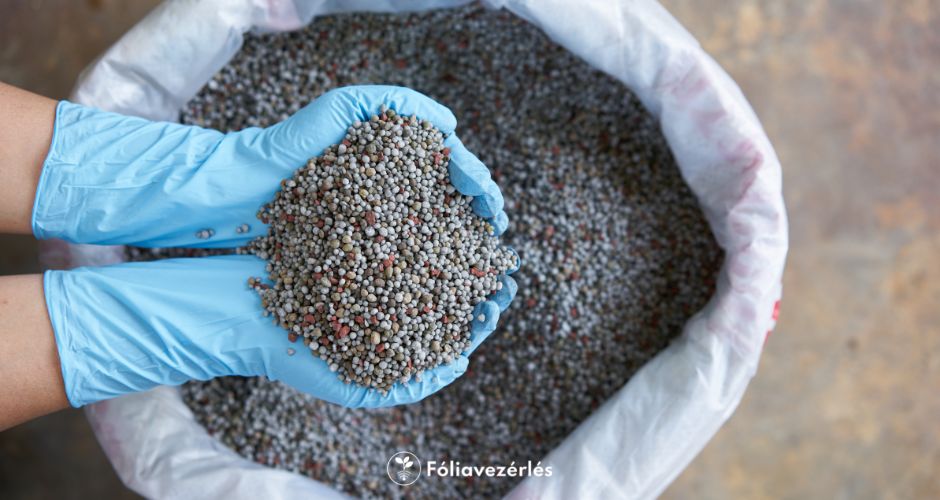Technology has evolved rapidly in recent years, and the impact of its advances can be found in many areas, not only in industrial processes, but also in our own everyday lives.
General information has never been easier and faster to access than it is today, we can find out anything in the world in a minute using smart devices and the Internet; and not only information, but also our friends, family and acquaintances are just a click or a call away, wherever they are in the world.
New apps often save us time – no need to plan our routes on the map, navigation apps do it for us in seconds; no need to keep feeding fire in the winter, the thermostat instantly detects when the pre-set temperature drops and reacts automatically.
Most programmes are capable of storing a massive amount of data, so we can get relevant statistics regularly about previous periods, whether it’s about how much time we spend on what, or it’s about our spending habits and our most frequently visited addresses.
Indeed, technological progress has brought many innovations and benefits to most areas of everyday life.
So why not integrate available tools and methods into crop production processes and thus enjoy their many benefits?

Which farmer has not wondered, when away from the foil tunnel, how nice it would be to know how the plants are feeling, whether it is warm enough around them, and so on? The same thought crossed our minds when we started to create a device that could be integrated into any existing system, seamlessly transferring the benefits of general technological progress into crop production.
The system can work offline and when connected to the Web, it provides remote access and instant insights into the current data on the level of light, temperature, humidity, as well as soil moisture in the foil tunnel. The farmer obviously not only stays informed, but can also react immediately if necessary – thanks to remote control, he can adjust these values from anywhere, or use pre-set values to create a fully automatic, self-sustaining system that results in constant yields and a balanced production process.
Besides saving time for the farmer, it also saves costs and energy, for example by keeping the temperature even, so the foil tunnel needs to be reheated less often; furthermore, by the instant remote treatment of problems requiring urgent intervention, the prevention of possible damage becomes more certain. Thus, the number of damaged and dead plants are reduced, which plays a major role in environmentally conscious crop production.
Eventually, with this automated precision solution, the number of visits to the plants can be minimised, bringing about the already known positive environmental impact of a decrease in commuting.
www.smartgreenhousecontrol.com





